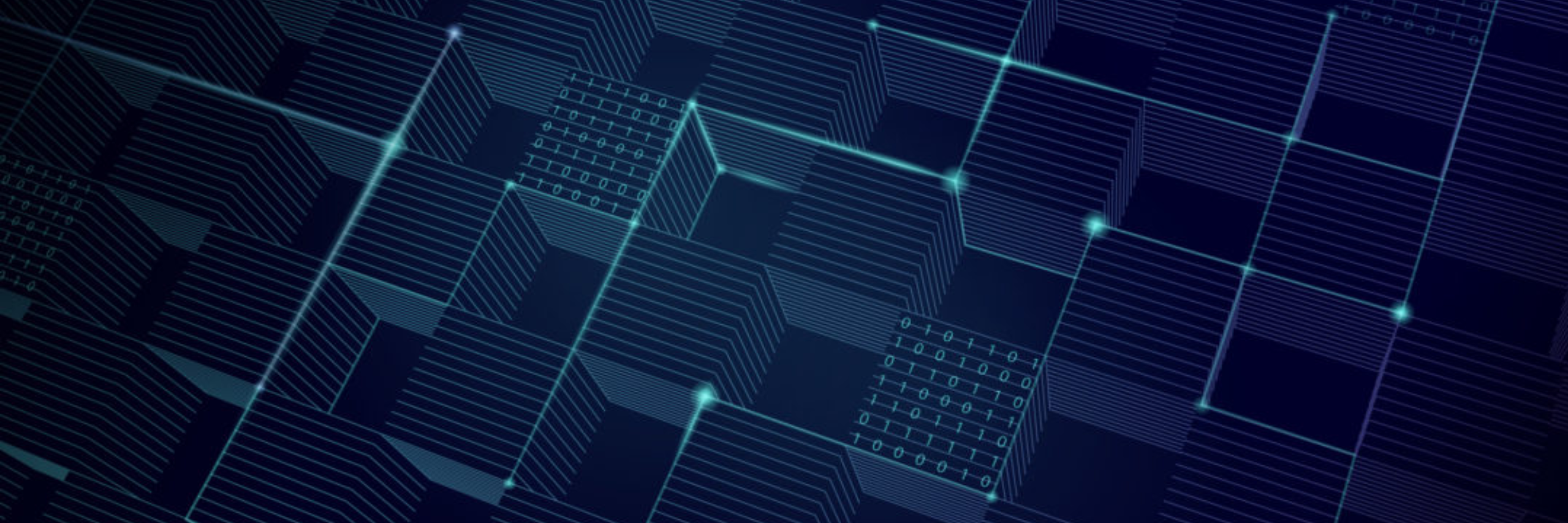Table of Contents

Share this entry

Application Development and DevSecOps CI/CD pipeline has become crucial point of focus for security in the cloud. This article aims to cover new security activities and controls to consider when you develop applications in the public cloud. The phases of the SDLC and security questions and concepts to consider during each phase of the lifecycle are covered and are just the start. The goal is to help you define activities and public cloud services that you can use in each phase of the lifecycle to design, develop, and deploy a more secure application in your public cloud.
DevSecOps refers to the integration of security practices with DevOps. It is a way of shifting security left, which involves creating and implementing a security code through simultaneous collaboration between security teams and engineers. DevSecOps create simple solutions within an agile framework for complicated software development processes. The goal is to ensure fast and continuous delivery of code through increased collaboration and communication throughout the staging, production, and delivery process.
DevSecOps and the CI/CD Pipeline
Security is a looming concern for any user that uses cloud computing. The public cloud is a powerful tool. It allows access to the company’s data to multiple employees from anywhere in the world. Other parties involved in the public cloud include the provider who holds the core infrastructure and the user who leases resources from the provider to build applications. DevSecOps works to easily navigate the line of shared security responsibility to ensure both the development and security process are in effect. They select, deploy, and manage security tools designed to solve the issue of security and speed. The right tool can easily integrate into the apps with minimal disruption. Some tools also come with maintenance, deployment, fine-tuning, and scaling options for easier integration.
Public cloud security strategies and use cases work to detect errors, identify vulnerabilities, correct misconfigurations, and repair compliance and policy violations. For heightened efficiency, this needs to take place in real-time through automation and before deployment. Security professionals have access to many tools intended for cloud security, and there seems to be a fixing tool for every issue that arises. However, what is needed is a simpler yet more comprehensive solution. Security teams often receive a lot of flak from the other groups when they identify vulnerabilities due to the tension and delay caused in the continuous integration (CI) and continuous deployment (CD) pipeline (DevSecOps CI/CD).
Automation needs a proper application for the effective running of all these processes. For example, scanning objects and confirming configuration to check for malware can be time-consuming and often pushed to the end of the process. However, automated cloud security solutions offer easy and effective ways to do this. They come with securely stored data, comprehensive configurations tests, automatic scans for vulnerabilities within the public cloud, secure misconfiguration identification capabilities, and prevention measures that protect sensitive data from unauthorized downloading.
Implementing Security in the Cloud
Once a security team encounters a flaw they have to correctly identify the nature of the fault, determine its root cause, trace the appropriate team in charge and work to develop a solution, and ensure proper implementation. The pressure to complete this entire process in the shortest time stems from the lack of involvement of the security team during development. In most cases, security teams come in at the end when it is too late. The impatience conveyed by the dev team is because security protocols delay delivery. To effectively implement development, operations, and security into cloud, security teams need to collaborate with developers as they develop code into the cloud. Closely monitor quality during the production phase and communicate with developers and specialists to correctly define the parameters and qualifiers required for code protection.
Successful implementation of DevSecOps CI/CD in a cloud environment is easily identifiable through several processes.
- Code analysis which involves revisiting code to effect improvements and quality assurance
- Automated testing which helps save time and minimize efforts
- Changing of management, which links teams and creates awareness of what each team is doing. It ensures developers are aware of security-related practices and enables them to address vulnerabilities quickly
- Compliance monitoring which is a part of corporate governance helps in audits in real-time
- Threat investigation which helps define your business security readiness
- Personnel training and certification courses which equip your teams with expert domain knowledge
Enterprise Cloud Security Implementation
Cloud computing within an enterprise infrastructure comes with multiple security concerns. Success implementation requires adequate planning and a deep understanding of the potential threats, emerging risks, available countermeasures, and vulnerabilities. Enterprise cloud security needs to analyze an organization’s security state before implementing this technology. The best kind of cloud security is multi-layered, incorporates security tools from third-party vendors and your cloud provider, and has security protocols that your enterprise employees follow. Below are some of the ways you can improve your enterprise cloud security.
Encrypt Your Cloud Data
Anyone that can access your cloud deployment can access your company’s crown jewels. To prevent this, ensure the data you store in the cloud is always encrypted. Encryption serves to restrict access to anyone without proper authorization. Cloud providers provide native encryption features and tools in the cloud environment. However, sometimes you may have to acquire them from third-party vendors. Limited access could also be within your organization, allowing various users with different access levels.
Backup Your Data
Bad actors may have multiple reasons to access your data, for example, to make it unusable, or to destroy or steal information. Backing up your crown jewels helps you protect your enterprise for the first two reasons. If a security breach renders your data unusable or lost, it pays to have backed-up data or recovery plans that allow you to retrieve your data Make sure to back up your data manually regularly.
Educate And Train Your Team
Sometimes users pose a security risk themselves if their devices are not entirely secure. By training and educating your team on your organization’s cloud environment, you significantly increase efficiency. Improper usage could lead to accidental security breaches.
Monitor Your Cloud Environment
Enterprises cannot afford to run blindly in the cloud, and they need to know how their cloud deployment operates. Constant monitoring of your cloud environment informs you of speed, performance levels, and security. In terms of security, you need to observe user access logs and activities. This information alerts you of potential risks and unauthorized access attempts.
When moving at the speed of the cloud, issues often get propagated through the development lifecycle and end up being deployed in your production environment. This not only creates unwanted, and often unknown, high risk but also slows down time to market as well as creates costly disruptions and re-work. Our platform can fully integrate security into your DevSecOps CI/CD pipeline to ensure that code does not make it to the next stage until all the risks are addressed and your governance frameworks are adhered to.
Sonrai Can Help With DevSecOps CI/CD
The best way to establish efficient cloud security is to investigate and explore the various security measures available to you. Whether you choose to engage your cloud provider or a third party, select a security mechanism that offers advantages. This includes a view of early identification of vulnerabilities in your code, increased opportunities for automated build, faster response speed to security breaches, and better workflow among teams. Sonrai Dig, our enterprise identity helps you achieve this by de-risking your cloud. Contact us today if your business would like to learn more about Sonrai Security and how we help companies with their CI/CD pipeline.
THE ARCHITECT
The Newsletter for Cloud Security Leaders. 1x a month.
Read the latest news and insights
Sonrai cloud security platform, products and services are covered by U.S. Patent Nos. 10,728,307 and 11,134,085, together with other domestic and international patents pending. All rights reserved.







